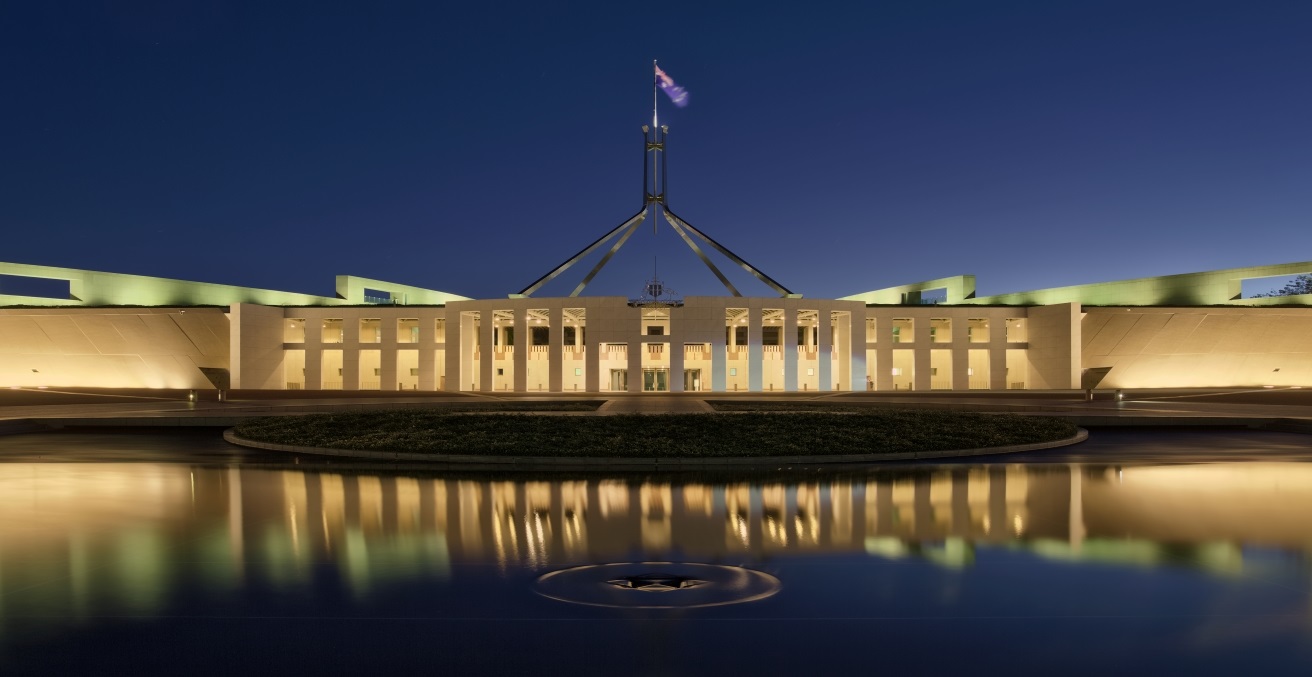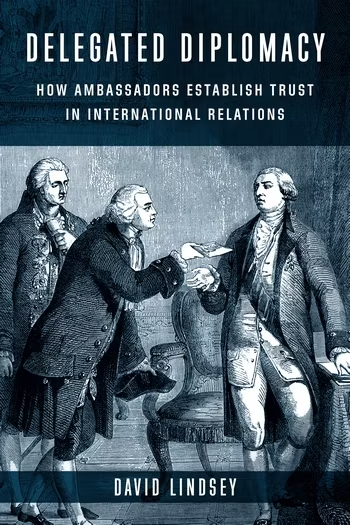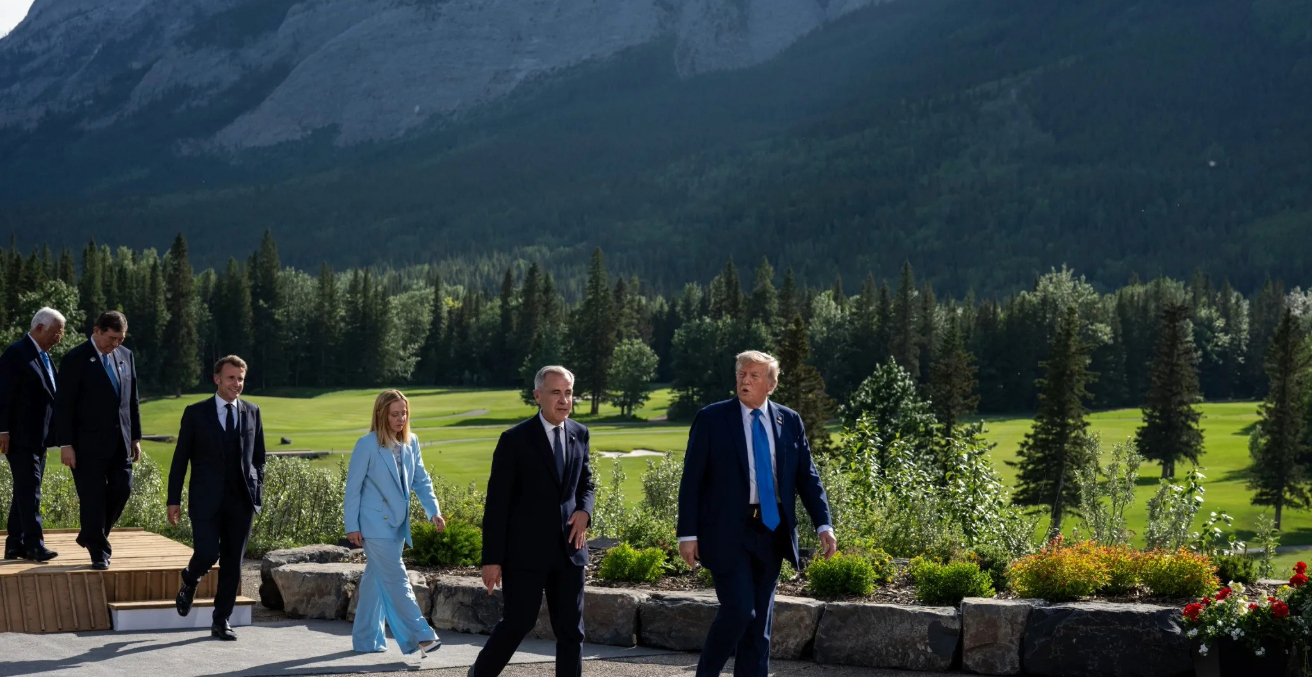Russia’s newly legalised cryptocurrency sector is an attempt to challenge the US dollar and evade sanctions. However, it could also lead to even further economic decline for Russia.
It’s no secret that Vladimir Putin’s goal has been to undermine an international system he cannot control. His rants against the dollar-denominated world order are public and to his Kremlin loyalists, “official.” But his claims of economic autarky for Russia are blather and no more than a sign of desperation.
Putin’s efforts to thwart international sanctions have been numerous. The use of tanker shadow fleets to evade Western sanctions and the US$60 p/bbl price cap, pivoting to BRICS markets for alternative energy revenue, creating subsidiary companies to resell sanctioned technology to Russia, and using jurisdictional arbitrage to circumvent banking restrictions are all part of Putin’s toolkit for countering Russia’s isolation and halting the slide toward economic ruination.
Now, Putin has reversed laws that prohibited the use of cryptocurrencies in Russia, hoping this too will be another mechanism for avoiding sanctions and disrupting the global economy. Previously, “crypto” as a currency was enjoined in Russia from application in both domestic and cross-border commerce. While ownership was allowed, the mining of new crypto was greatly restricted. Notwithstanding these prohibitions, Russian miners proved entrepreneurial, and Russia was the fourth-ranked country in total crypto mining in 2021, purportedly mining over US$2 billion in Bitcoin that year.
Those statistics now pale before evidence that Russia currently occupies the second position behind the US by mining US$3.5 billion in Bitcoin in 2024. The new laws have unleashed an upsurge in cryptocurrency transactions that will most likely continue since crypto can now be legally used in Russia for settling international trades, sundry cross-border transactions, and in general commerce.
To facilitate the interchange among various cryptocurrencies and fiat currencies, Putin is preparing to launch two crypto-based exchanges to circumvent exchanges that are currently closed to Russia. While Bitcoin remains the primary crypto sought and used in Russia (comprising 95 percent of crypto transactions), Russia is also exploring the creation of a “digital ruble” and the more ubiquitous use of “stablecoins” (cryptocurrencies pegged to the value of a fiat currency—usually the US dollar). Stablecoins from other BRICS countries and Iran are also being explored by the Central Bank of Russia (CRB), and may apply to the Chinese yuan and a BRICS currency basket. However, by most accounts, the viability of a digital ruble is years off and, for now, the plan faces significant hurdles.
If the plan for a digital ruble collapses, the status of Bitcoin, as the coin of the realm, has embedded risks. Bitcoin creators imposed a mathematical limit so that no more than 21 million Bitcoins can ever be created. The algorithms required to create (mine) them become increasingly and exponentially more difficult the closer one approaches this limit.
As the amount of energy needed to solve the massive calculations increases, so too do the costs. Future Bitcoin mining will require enormous and ever-increasing amounts of energy and computer power. The same holds true for mining most alternative “proof of work” cryptocurrencies (the safest and effective forms of digital currency). It is here where Russia may find itself facing structural limitations—whether it decides to introduce a digital Ruble or not. While Russia is replete with a surplus of oil and gas, the rest of its energy infrastructure is not well suited to handle such significant increases in demand for energy. Its power grid is old and in need of investment and upgrade.
The sanctions that Putin seeks to circumvent have cut Russia off from financial capital and technology. It has no domestic semiconductor industry to meet its needs and must rely on the People’s Republic of China (PRC) for components, importing, for example, 70-90 percent of its computer chips from the PRC. However, due to the fear of secondary sanctions and national security concerns, Chinese replacement components are less advanced and have a 40 percent defective rate. As a result, Russia’s ability to upgrade its industrial and commercial infrastructure is constrained.
Second, while the addresses on most distributed ledgers, such as blockchain, are “public” and viewable, the source of the addresses and who holds or creates them can often be shielded and private. However, the anonymity of a cryptocurrency is not cast-iron. Various methods have been used to defeat concealment. Western regulators already have the tools to monitor cryptocurrency transactions and private sector firms continue to develop tracing technology. The formation of Russia’s cryptocurrency exchanges will only spur more demand and investment in this area. It puts at risk the obscurity feature, which is a main enticement for many—particularly Russian shell companies.
Third, should the program to create a digital Ruble fail to launch, transactions arising from the remaining “unmined” supply of Bitcoin can ultimately be traced. This is due to the limited public source record of addresses in the pool of the original ledger still outstanding. The “unmined” supply of Bitcoin has dwindled to an approximate supply of only 1.05 million remaining coins. The number is finite enough to make the tracking of addresses in blockchain exchanges fairly simple and participants more easily identifiable and targeted. The cost of mining the remaining coins rises exponentially. Such costs may prove insurmountable given Russia’s declining assets.
In this context, Putin’s lurch into the terrain of cryptocurrency might be a treacherous minefield. The strain on the Russian energy infrastructure and the higher transaction costs place the effectiveness of widespread crypto use in question and could put the daily routines of the private sector and everyday Russians at risk. The willingness of even BRICS countries to participate in a Russian cryptocurrency exchange is yet undetermined. The potential chaos these transactions might bring down on the national banking system, while as yet undetermined, could also be a source of peril. The traceability of Russian transactions may undercut the entire scheme. Each presents a problem for Putin. Combined, they represent a grim obstacle. All come at a cost to the Russian economy.
Some steps have already been taken to insulate the system from disruption. PAO Rossetti, the largest power grid manager in Russia, announced the reconfiguring of its grid to allow for surplus power during slow or off peak times to be redirected to a growing group of miners.
Gazprom, Russia’s state-owned energy giant, has been actively playing sleight-of-hand with energy pricing and redirecting energy supplies in the Russian shadow areas that it serves (such as Moldova, Transnistria, Abkhazia, Donbas, and others). This artifice also effectively subsidises the rising cost of energy.
Are these solutions or mere patches in an attempt to stop the economic decline? Among his ravings, Putin has occasionally revived a counter-narrative that surfaced in the fading years of the USSR. Referred to as the “golden billion,” the conspiracy theory posits that a cabal of 1 billion western global elites seek to amass the world’s wealth at the expense of the rest of the planet. Those outside the elite circle are left to suffer and starve. Even though Putin would be in the upper ranks of such an exclusive club, it does not stop him from espousing such blather to explain away Russian isolation and the outrage earned by his illegal “special military operation” in Ukraine.
His foray into the realm of cryptocurrency seems more like another act of desperation considering the obstacles and the uncertain return on investment. Therefore, the question becomes: can a Russian-based cryptocurrency sustain itself? Will it be worth it? Or, will such an undertaking hasten an undesired ending to Putin’s quests?
A customary closing remark at many meetings in Russia is an ageless expression: My pozhivem i uvidim – “We will live, and we shall see.”
Jack A. Jarmon has taught international relations at the University of Pennsylvania and Rutgers University where he was Associate Director and Research Professor at the Command Control and Interoperability Center for Advanced Data Analysis – a Department of Homeland Security Center of Excellence.
Stephen W. Craig is an attorney knowledgeable in distributed ledger technology. He was an early investor in a number of cryptocurrencies and sits on the Boards of Directors and Advisors for several corporations.
This article is published under a Creative Commons License and may be republished with attribution.




